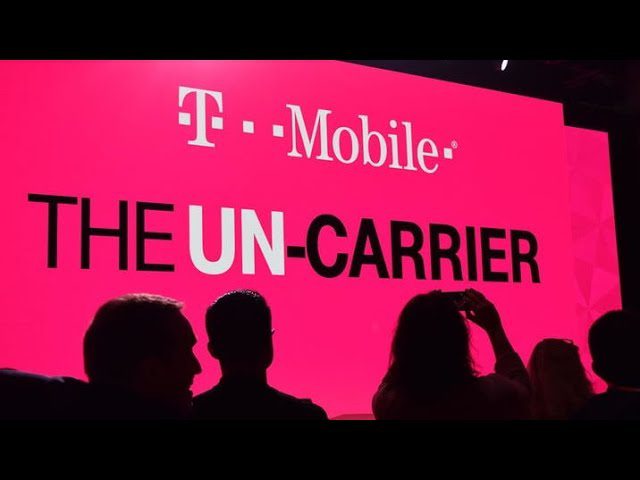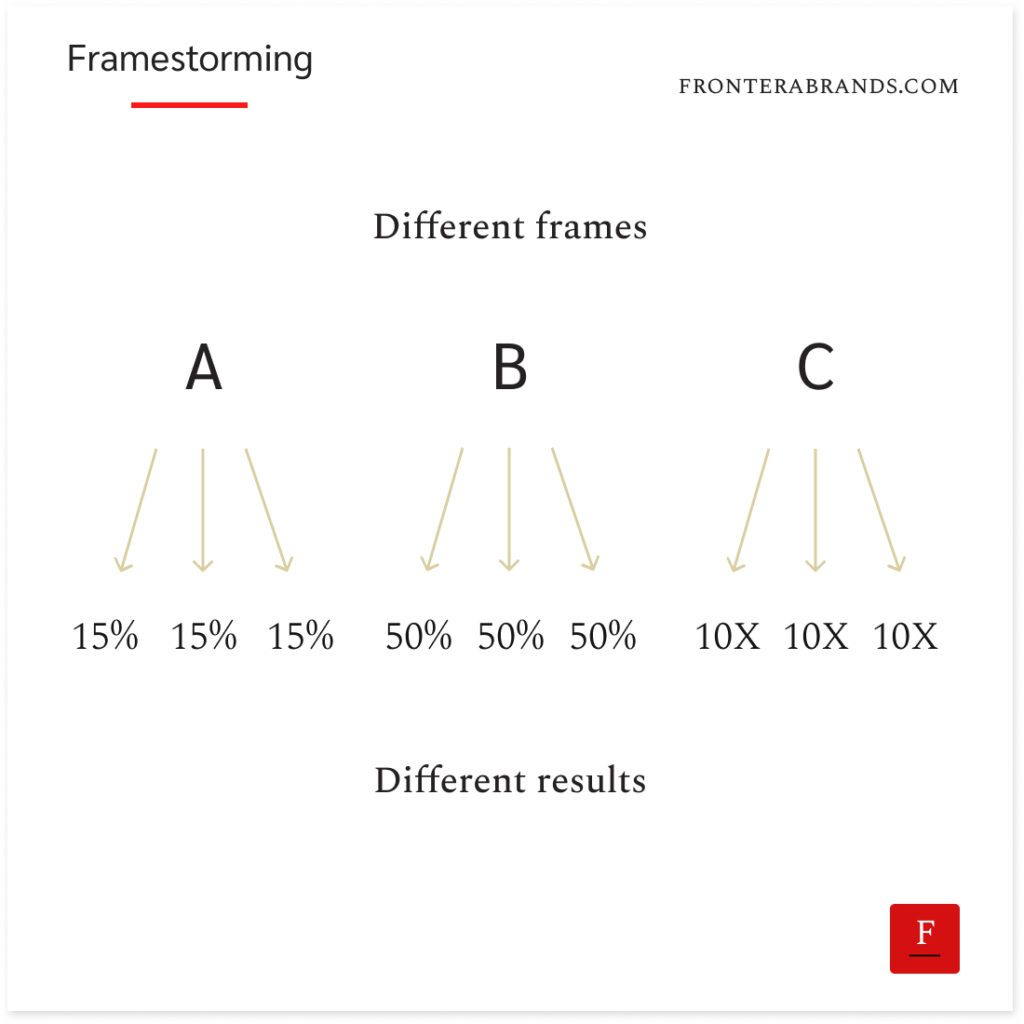In 2010, T-Mobile US executives had one question in mind:
“How can we salvage the assets before things get even worse?”
T-Mobile was the fourth telecom company in the US.
AT&T and Verizon were crushing them.
So T-Mobile executive team decided to look for buyers and sell the company.
AT&T jumped at the opportunity like a shark smelling blood.
And after months of negotiations, they announced the acquisition of T-Mobile for $39 billion.

But things didn’t go as planned.
The US Department of Justice and FCC challenged the acquisition as AT&T could become a monopoly.
AT&T resisted for a while.
But the pressure kept increasing.
So they decided to cancel the acquisition.
Now put yourself in the shoes of T-Mobile executives.
You have a failing company.
You look for a way out and manage to get a decent deal.
But it falls through.
Must be frustrating, isn’t it?
A journalist asked Andreas Fuchs from T-Mobile corporate communications what’s next for the company after the deal fell through:
His answer showed how desperate they were: “There is no plan B.”
Changing the frame
That disappointment made something clear for the T-Mobile leadership team.
There was no way out.
Even if they approached another telecom giant to sell, the result would be the same.
And big companies from other sectors were not crazy enough to buy a failing telecom business.
So “How can we salvage the assets before things get even worse?” was not the question anymore.
Since there was no other way, the new question became:
“How can we turn the tables and beat the competition?”
Now, here’s the thing.
T-Mobile used the industry’s “best practices” for years and became a copy of its bigger competitors.
And they ended up failing.
So their new CEO John Legere knew that a minor change couldn’t turn things around.
They had to do something radical.
And he loved one idea his team proposed:
Take everything customers hate about carriers.
And do the opposite.
Like what?
Like no service contracts, free international roaming, or not counting music streaming against users’ data limits.
The idea was simple, yet ingenious.
Position T-Mobile as the good guy against big (and unlikable) companies like AT&T and Verizon.
And become distinct not only by words but also by action.
This radical campaign had to have a special name.
And they chose a good one: The Un-carrier.

You know the result?
People loved it.
The Un-carrier changed the trajectory of T-Mobile.
It became a long-term campaign (and the company’s motto) with new benefits for customers every year.
Thanks to it, T-Mobile took its market share from 10% to almost 30%.
And today T-Mobile has a higher market cap ($160 billion) than both AT&T and Verizon.
It’s amazing how a good strategy changes everything.
Even in the most competitive sectors.
Finding the right problem
Now the story leads to one question.
If T-Mobile could come up with this strategy and win, why couldn’t they do it before the acquisition attempt?
Well, the answer is focus.
The T-Mobile team tried to solve the wrong problems for so long.
First, they thought they could beat the competition by becoming like them.
They failed.
So they gave up and focused on selling the company.
But they failed again.
They found the right path only when circumstances forced them to work on the right problem.
Not every business is that lucky.
So it’s good to question the company’s focus before things go wrong.
American entrepreneur and author Tina Seelig has a simple idea for doing that.
She calls it Framestorming.
We all know brainstorming — it’s looking for solutions to a defined problem.
Framestorming comes before that.
You look for new frames to see the problem.
So you can find better problems that will lead to better results.
Like how we used psychological frames to improve products.

Two tips to find the right focus for your business using Framestorming:
1. Question the question
This is quite common.
People face a problem.
And they immediately start working on possible solutions.
One example.
Let’s say the obvious problem is “How can we sell more?”
This problem would lead you to think about 10 solutions that will generate new sales.
Like cutting prices, making a new campaign, increasing conversion rate, etc.
Great.
But there might be better problems to work on:
“How can we increase profit even when we have fewer sales?”
“How can we make existing customers stay with us longer?”
“How can we gain pricing power?“
You see how these different problems can lead to better results.
So when others are jumping on solutions, look for new ways to frame the problem.
Generate as many frames as possible using techniques like lateral thinking.
Better frames will bring you better answers.
2. Challenge assumptions
In the 80s, clothing brands renewed their collections every ~150 days.
So consumers would go to stores and see the same clothes for months.
There were a few assumptions behind this.
First, clothing brands thought people buy clothes once every season.
Second, they thought creating new collections faster was impossible due to supply chain constraints.
Hence every new clothing brand followed this 150-day logic.
Until Amancio Ortega.
He thought people would buy more clothes if they saw new clothes every time they went to a store.
And he found different ways to reduce the time between design, production, and delivery to stores.
Result?
He started with one store.
But he turned it into a giant group that has brands like Zara, Massimo Dutti, and Bershka with 7000+ stores.

Moral of the story?
Assumptions also work as “frames” that make us see things in a certain way.
And sometimes they are limiting.
So always challenge the assumptions in your company and industry.
Understand customers better than your competitors.
And act on insights that they are missing.
Remember Ogilvy’s campaign with Dove.
The more assumptions you can break, the more remarkable results you’ll get.
–
Enjoyed this article?
Then you’ll love the How Brands Win Newsletter.
Get the “7 Positioning Sins That Cost B2B Brands Millions” guide when you join. It’s free.
